A Trump supporter brandishing a machete at a polling station in Florida. Ballot boxes set on fire in three separate states. Envelopes full of white powder sent to election boards. Shots fired at a Democratic party office in Arizona. And two attempts on the life of the Republican candidate.
The 2024 presidential campaign has already been marred by “unprecedented” violence, or threats of violence, against public figures and election workers, according to US officials. Law enforcement agencies are braced for civil unrest, regardless of who wins.
Instead of seeking to calm tensions, campaigners have traded ever more aggressive barbs. In recent decades “there has been nothing like this rhetoric in national elections,” said Alex Keyssar, a Harvard historian of US democracy. While “avid partisans” deployed menacing speech in previous clashes, this time “the violent rhetoric is coming from the top”, he added.
In a country whose elections were once the standard-bearer for democracies worldwide, extreme exhortations have become so commonplace as to often pass without comment.
Both sides have called their opponents fascists, and warned of a slide into authoritarianism. Some Democrats have likened Donald Trump to a modern-day Hitler. At least one Republican has suggested the country would have to resort to civil war to settle its differences if the former president loses.

Amid a rise in mass shootings, candidates boast of their defence of firearms. Even the Democratic nominee Kamala Harris felt the need to remind the public that she owned a Glock, and was prepared to use it.
Over the course of the campaign, however, it is Trump — who came within millimetres of being killed by an assassins’s bullet — whose bid for a second term in the White House has featured increasingly inflammatory language, riling up a base that already suspects Democrats fraudulently “stole” their votes.
Since launching his re-election run, Trump has insinuated that General Mark Milley, formerly a member of his cabinet, should be executed. He has suggested his political opponents are “evil” and branded them “the enemy from within”. He has floated the idea of deploying the military against the “radical left”, and suggested immigrants were “poisoning the blood” of the country.
Last week, Trump suggested that Liz Cheney, the former Republican member of Congress and daughter of George W Bush’s vice-president Dick Cheney who is among his fiercest critics, might be less of a “war hawk” if “the guns [were] trained on her face”. At a Pennsylvania rally on Sunday, Trump said he would not mind “so much” if an assailant had to “shoot through the fake news” to get him. His campaign later claimed he had been misunderstood.

Some of Trump’s most vocal allies have gone even further, mostly without attracting much national opprobrium.
Senate candidate and election denier Kari Lake this year urged supporters to “strap on a Glock on the side of us just in case”, after warning that Democrats were “coming after us”. Ohio state Senator George Lang told a crowd at a Trump campaign rally it was “going to take a civil war to save the country” if his candidate lost. (He later apologised for the remark.) Michele Morrow, a member of the Maga faithful running to lead North Carolina’s schools, once called for former president Barack Obama to be shot, in what she claims was a joke.
Some supporters of Trump seem to be following suit. Research by the Global Project Against Hate and Extremism, a non-profit, found an alarming rise in violent chatter on social media and messaging apps in the past few weeks, including a call to “shoot to kill any illegal voters”.
Accounts linked to the Proud Boys movement, whose members were involved in the January 6 2021 riots at the Capitol, have been calling for elected officials to be “arrested, tried for treason, and hanged”, according to GPAHE, and calling on supporters to “keep [their] rifles” by their side.
The sense of foreboding is found among a broader swath of US society. A poll by Marist last year found that one in five adults — and 28 per cent of Republicans — believed Americans had to resort to violence to “get the country back on track”. This year, poll workers in some states have been given panic buttons and even training on how to respond to poisoning.

Nonetheless, some scholars warn against drawing a direct causal link between a candidate’s rhetoric and instances of violent aggression.
Archon Fung, a professor at Harvard’s John F Kennedy School of Government, said that although invective by Trump and his allies had created a “permission environment” for violent acts, aggressive rhetoric in the American democratic sphere was “continuous with a broader trend” in which the “threat of violence has been dramatically increasing in politics”.
Less heated presidential campaigns have had their own outbursts of violent rhetoric. In 1992, hip hop artist Sister Souljah, who was supporting Bill Clinton’s candidacy, responded to a question about the Los Angeles riots by musing: “Why not have a week and kill white people.” The Democrat soon strongly distanced himself from Souljah’s comments.
The infamous 2000 Brooks Brothers riot in Florida’s Miami-Dade County happened in an era of relatively even-tempered debate between candidates Al Gore and George Bush, while the 2011 attack on Democrat Gabby Giffords predated Trump’s entry into national politics.
There have been attacks in the Trump era on Paul Pelosi, husband of former House speaker Nancy, and the violence on Capitol Hill in the aftermath of Joe Biden’s 2020 win. Yet Republicans have also been the victims of heightened unrest, with congressman Steve Scalise shot during a baseball game — and the two shooters who targeted Trump himself.
The political left has also faced criticism for some of its language. Biden was denounced for saying it was “time to put Trump in a bullseye” days before the first assassination attempt against his then rival, while GOP leaders rounded on Harris for labelling Trump a “fascist”, claiming she had “fanned the flames beneath a boiling cauldron of political animus”.
There are slivers of optimism. A group called Armed Conflict Location and Event Data, which collects information on conflicts globally, has found that many of the extremist groups involved in 2021’s political violence were “diminished” in 2024, and that chances of organised mobilisations were “lower this year than popular narratives surrounding the election might suggest”.
But if nothing else, the rhetoric from Trump and his campaign had “made people wary about indicating their political preferences and choices”, said historian Keyssar.
“It has created an environment in which this election — in many, many places — does not have the aura of a civic celebration of democracy, but something else.”

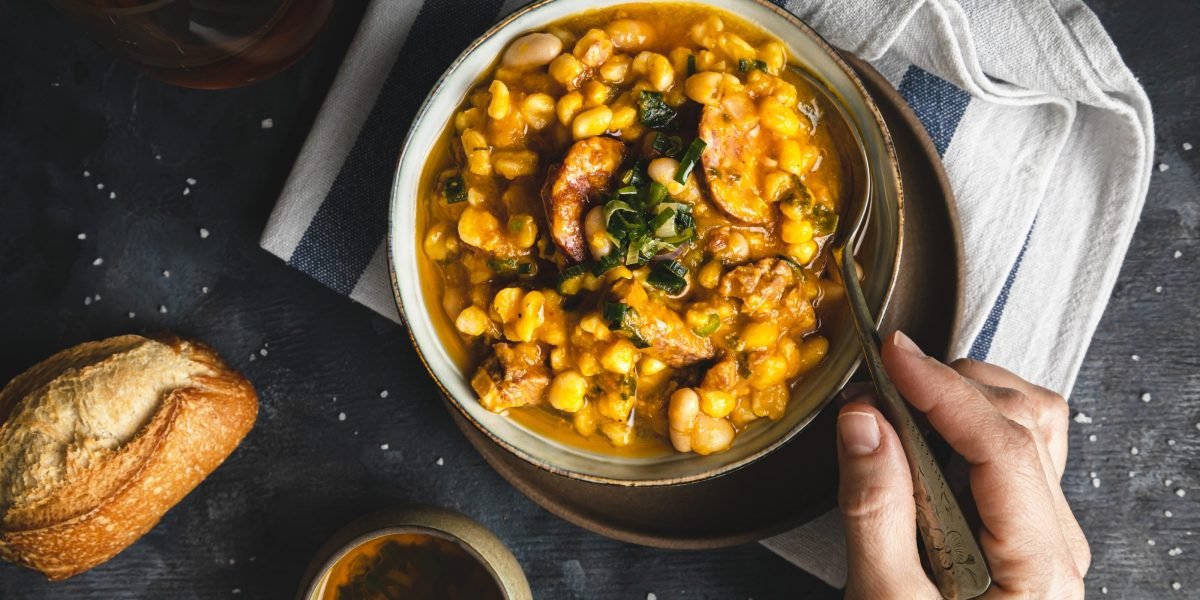
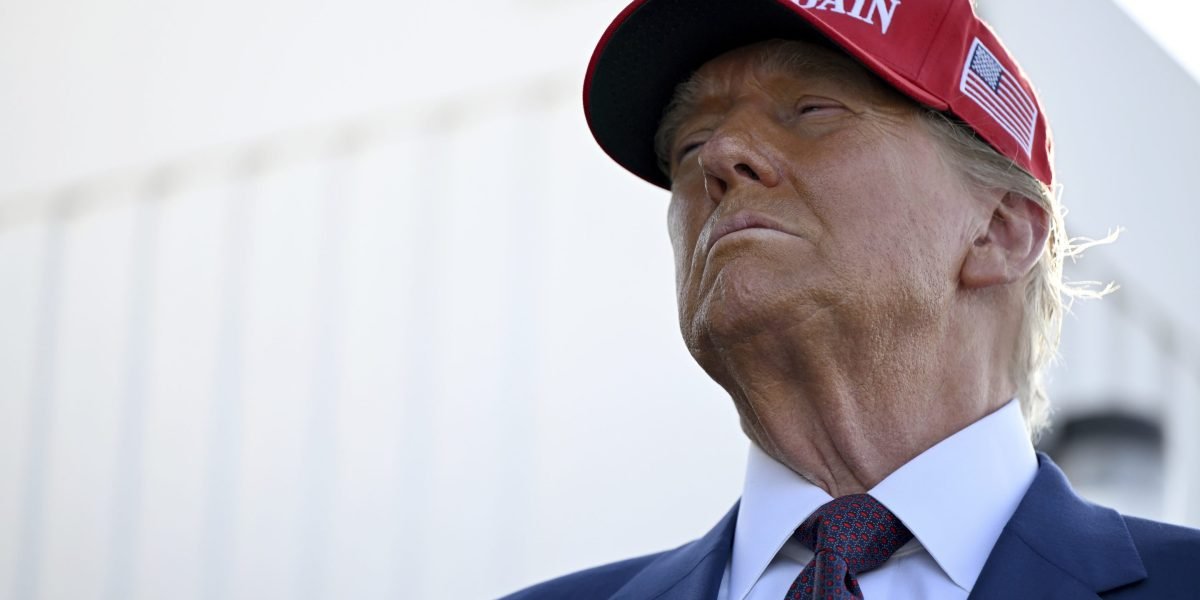

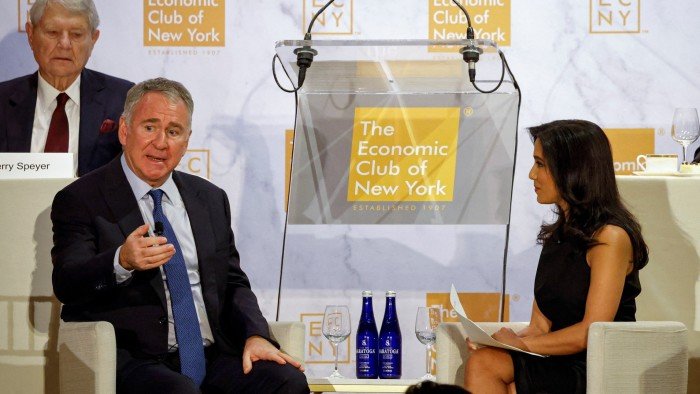
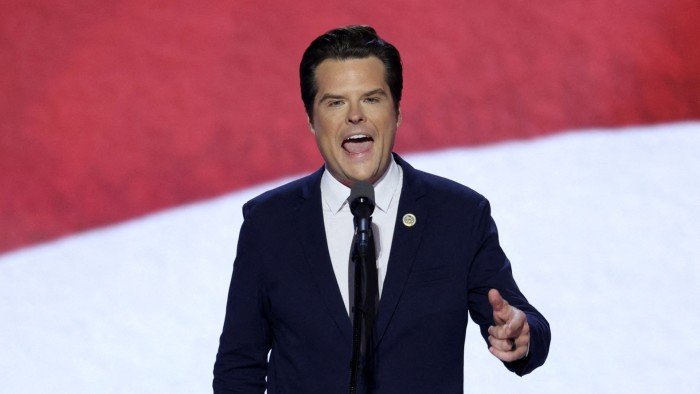
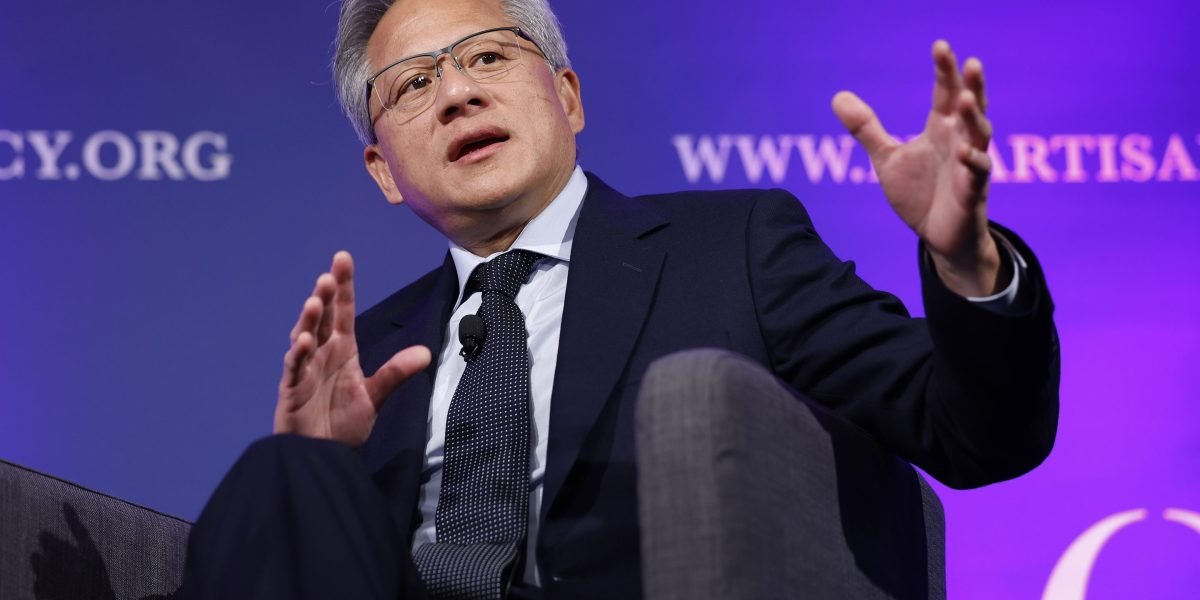



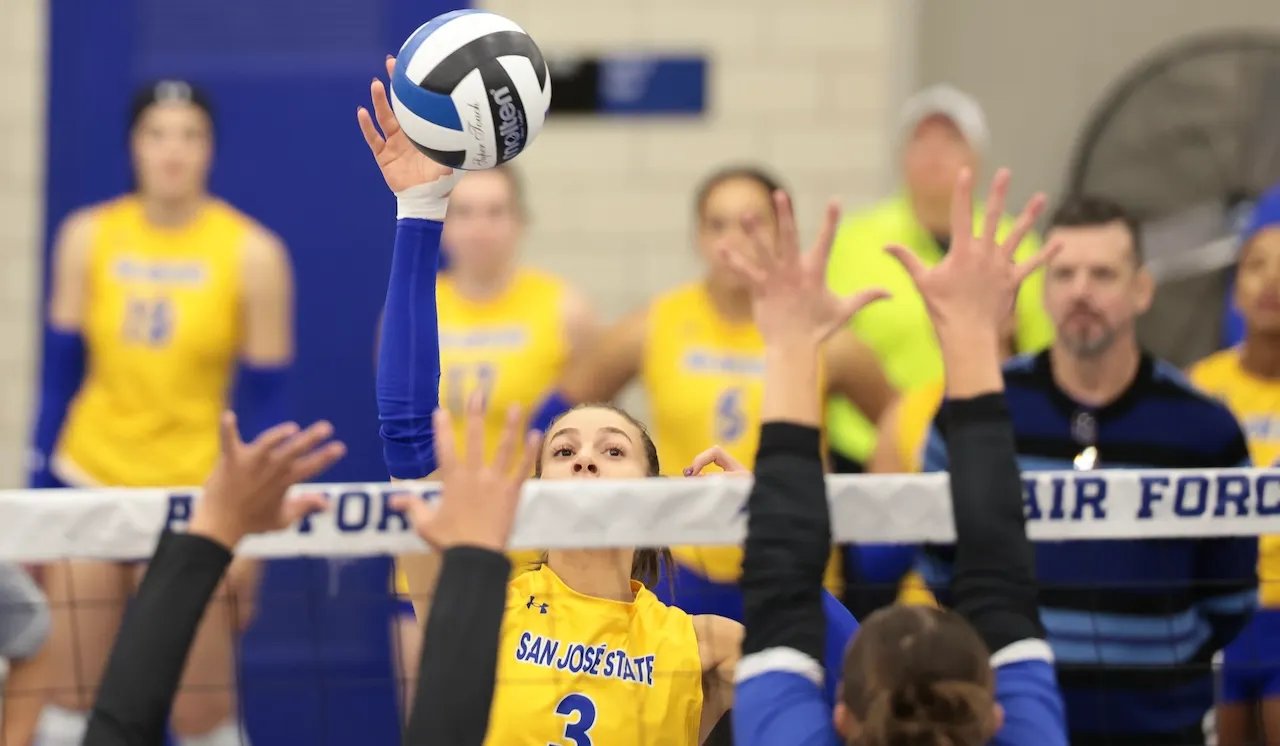

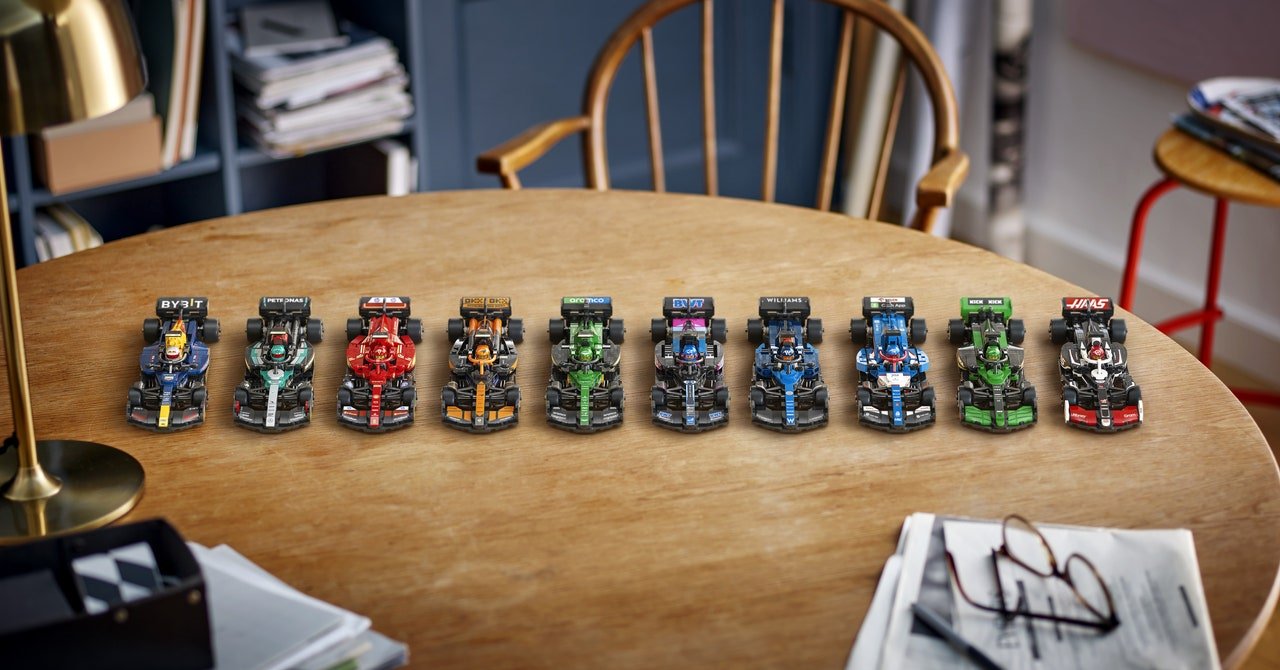
Leave a Reply